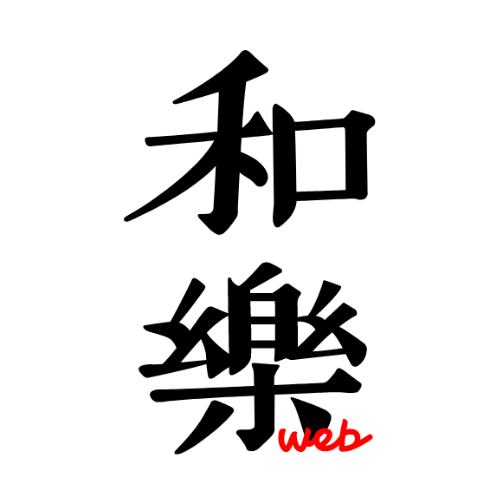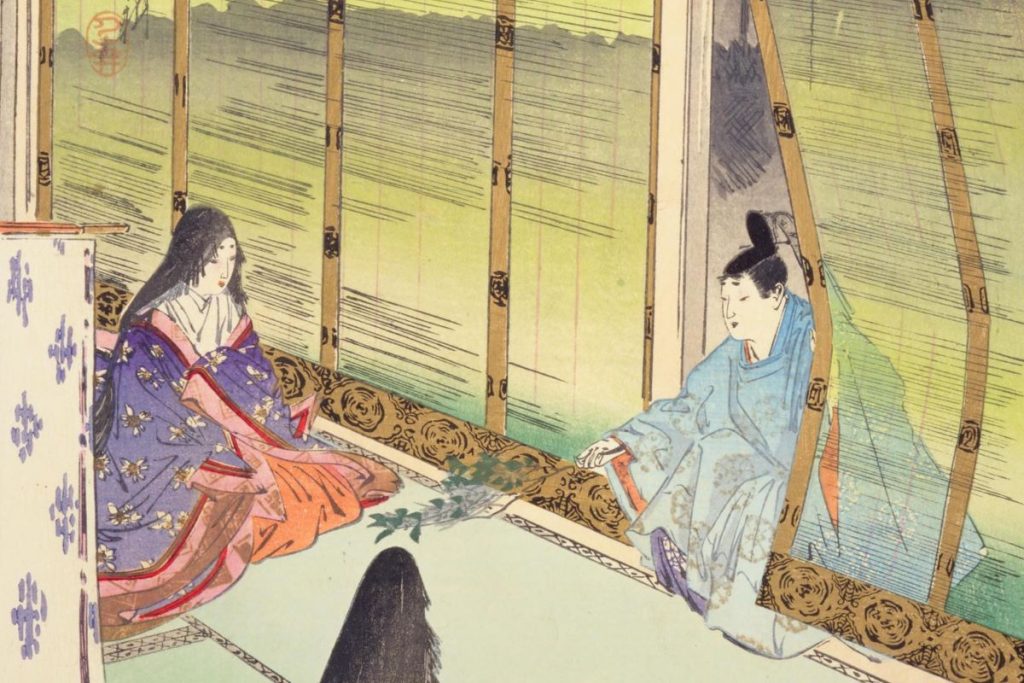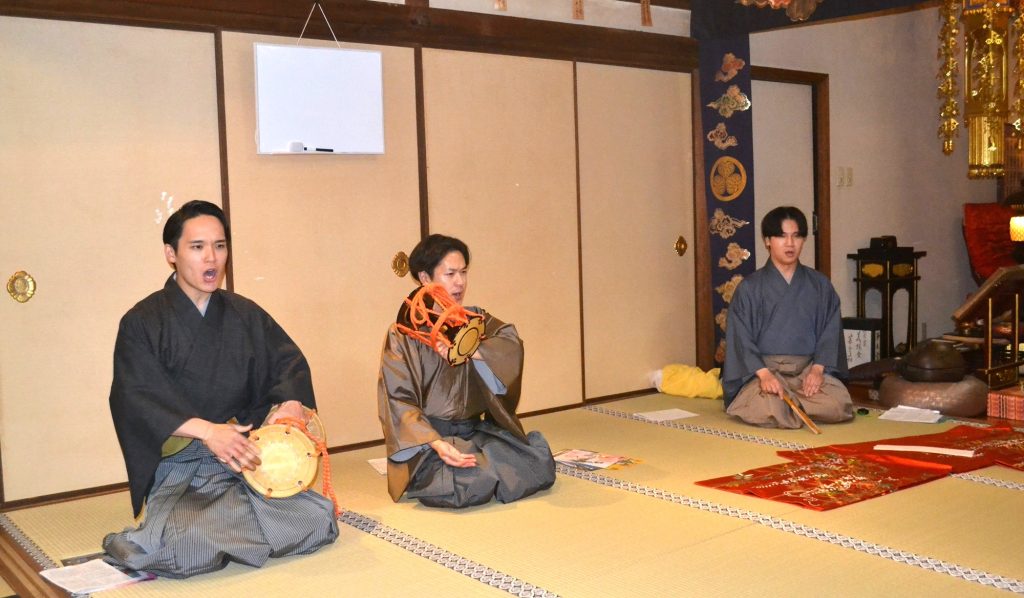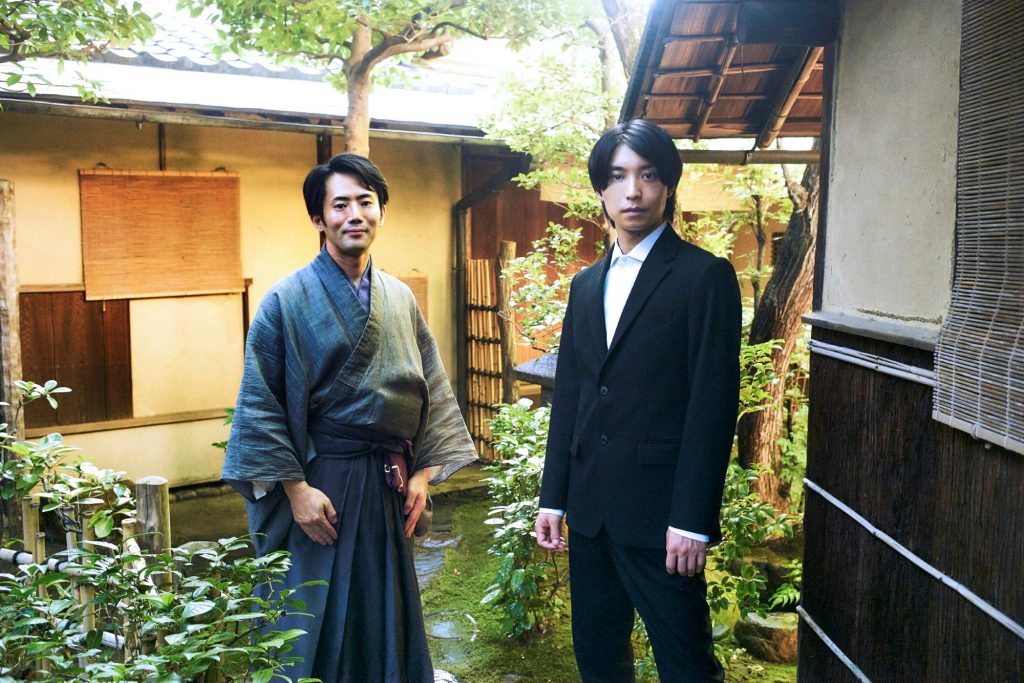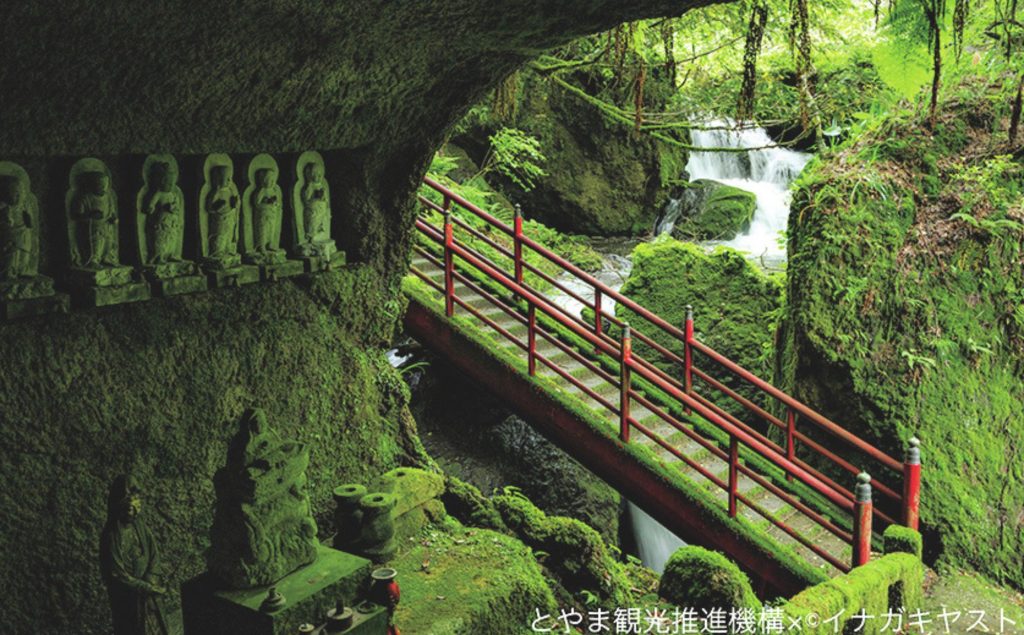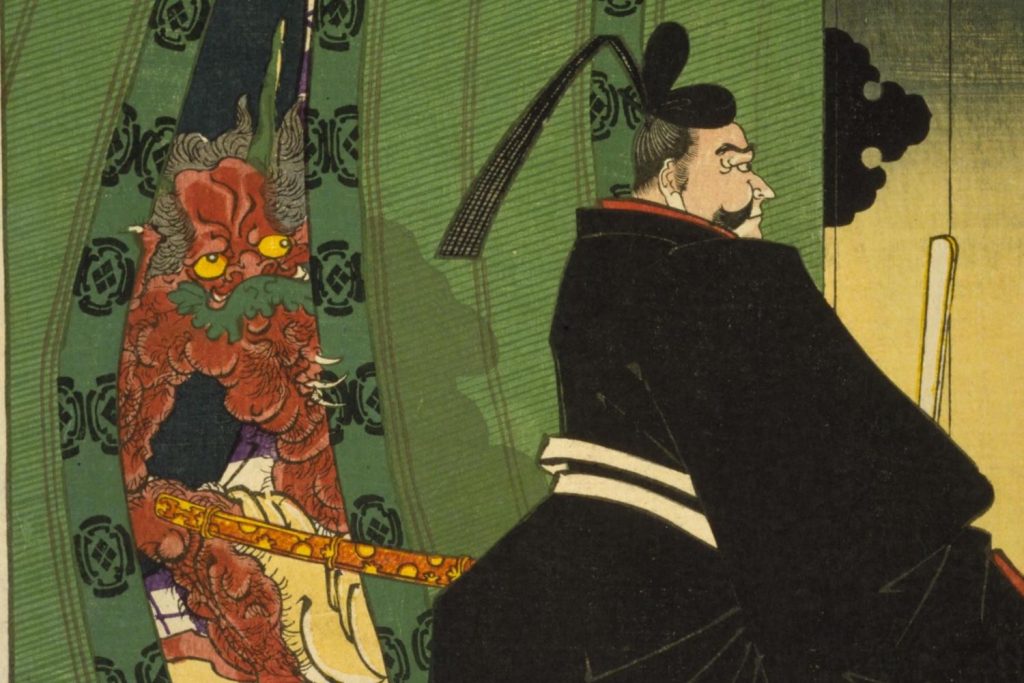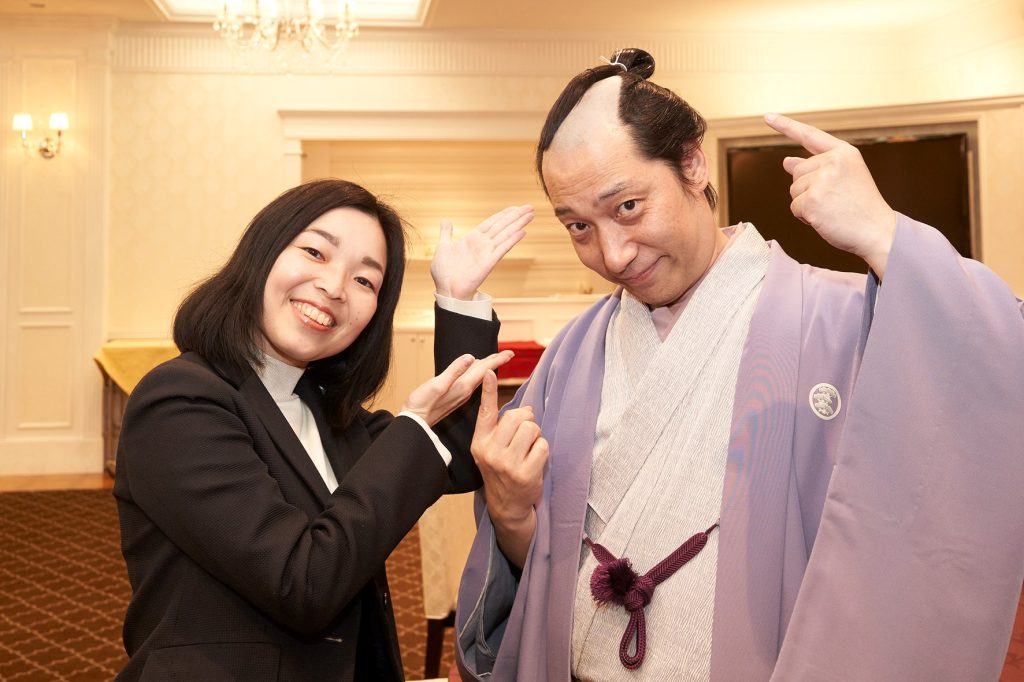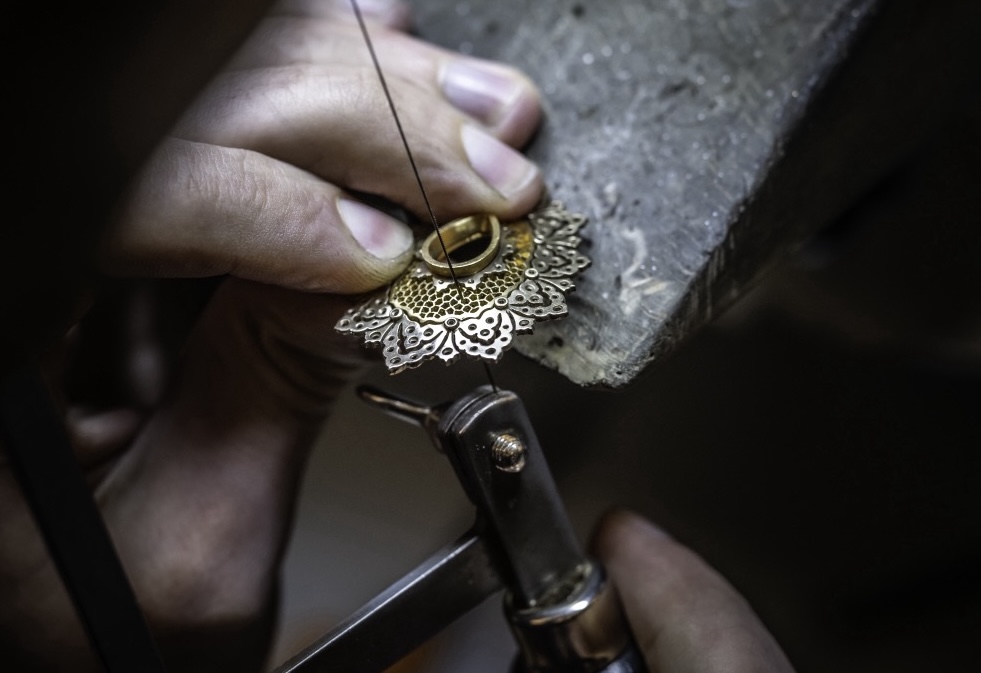Series: ‘An extensive introduction to Japanese art through 10 charismatic painters’. This issue introduces Tawaraya Sotatsu, along with images of his work.
[Aha! the True History of Japanese Art]
The rise from a Kyoto Fanmaker to ‘Hokkyo’
Tawaraya Sotatsu, who bridged the wave of Japanese art from the Momoyama period to the Edo period, is regarded as a mysterious painter, as there are no records of his birth and death dates or how he became a painter, as he was a merchant.
The name Tawaraya Sotatsu was derived from the fact that he ran the Tawaraya shop, which produced and sold fan paintings, Byobu paintings and paintings with underpainting of Kingindei(gold and silver). Further, he became well known as a painter as the incredibly talented Hon’ami Koetsu himself, had Sotatsu painting the underpainting for his works.
Soon, Sotatsu, who was now working on Giant wall paintings, was creating masterpieces, one after another, namely the Kinpekiga piece ‘Fujin Raijin (Wind God and Thunder God) zu Byobu’, and ink painting pieces. When he was over 60, he was appointed Hokkyo, a high rank equivalent to that of a Buddhist monk, by the Imperial Court. This was an unusually big promotion for a merchant.
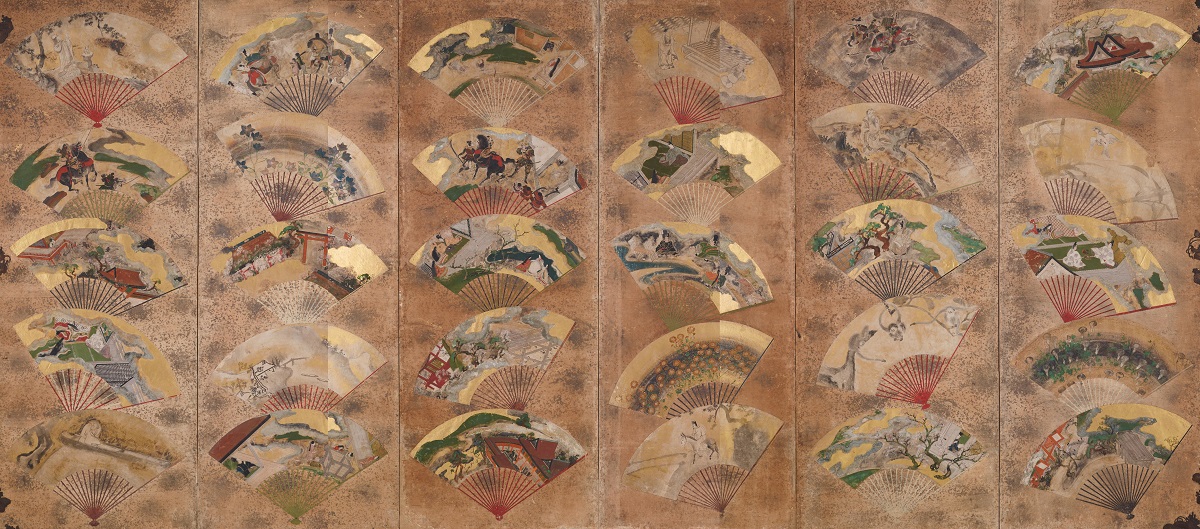
The so-called Senmen-zu Byobu is a type of Byobu with a fan pasted on it. The so-called Senmen Byobu is one of the specialties of Sotatsu, who was a master of Ohgi shop (a Japanese fan shop). This adventurous technique was made possible by the fact that Sotatsu was a town painter who did not belong to any school of painting.
[Aha! the True History of Japanese Art]
Where the Rimpa school started
Rimpa is often thought to have been started by Ogata Korin, because it contains one of the characters from his name, but Korin used Sotatsu’s paintings as a model. Thus, the origins of Rimpa, lead back to Sotatsu.
Although there was a gap of about 100 years between their active periods, Korin learnt the “tarashikomi” technique and design style by enthusiastically copying “Fujin Raijin zu Byobu” and “Matsushima-zu Byobu”, and learnt Sotatsu’s painting method by following the bold Gold base composition in “Bugaku-zu Byobu”.
This kind of learning from the works of predecessors regardless of any master-disciple relationship is called “shishuku”. Like Korin carried out Shishuku of Sotatsu, and Sakai Hoitsu carried out Shishuku of Korin, Rimpa was passed down through, by modelling works that those who were eager to earn, seeked out.
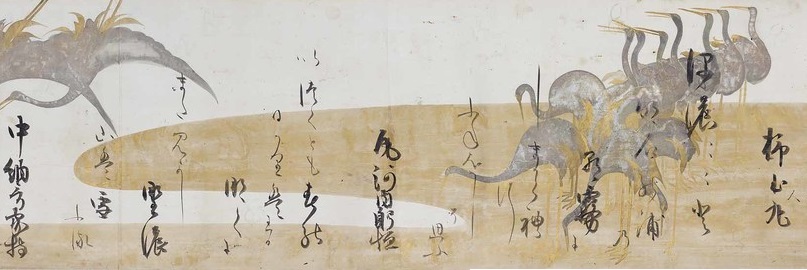

This is a masterpiece of calligraphy and a collaborative work in which the quintessence of Tawaraya Sotatsu is beautifully demonstrated. Sotatsu masterfully depicted the sequence of events in which the cranes fly away and return to land. This masterpiece is regarded as the original of animation. This is where the Rimpa school began.
[Aha! the True History of Japanese Art]
The origin of motif inheritance
One of the characteristics of the Rimpa school is the inheritance of painting themes and motifs. Sotatsu’s ‘Fujin Raijin zu Byobu’, which was inherited by Korin, Hoitsu, Suzuki Kiitsu and others, is a “mold” for the Rimpa school. It has become an indispensable motif in the history of Japanese art.
So, where did Sotatsu’s unique Wind God and Thunder God come from? It is said that the Wind and Thunder Gods are based on the “Eingakyo”, which was created according to the Chinese original, and the National Treasure ‘Fujin Raijin’ of Sanju sangendo, Kyoto, but like the Sotatsu paintings, the Wind Gods with wind bags and the Thunder Gods are found in the Chinese murals of the Dunhuang Grottoes and Kizil Grottoes, China.
Although the truth is not known, the history of how the motifs designed by Sotatsu were passed down to the Rimpa school is filled with the romance of those who loved beauty.
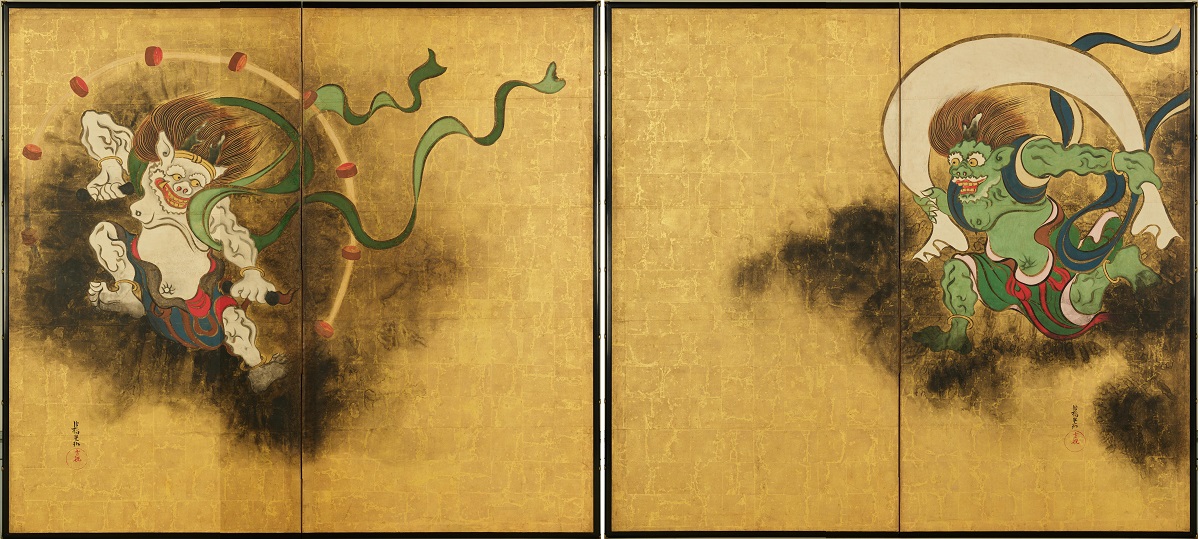
This was painted by Korin after tracing a national treasure painting by Sotatsu. On the reverse side of this work, Sakai Hoitsu, who was a personal admirer of Korin, added “Natsuaki kusa zu Byobu” (Important cultural heritage). This is a masterpiece of the Rimpa school, embodying the succession of personal admiration and motifs.
Profile of charismatic painter Tawaraya Sotatsu
Tawaraya Sotatsu
Unknown date of birth and death. His early life is shrouded in mystery, but records of him running a painting shop and holding tea ceremonies in his home suggest that he was a wealthy merchant. He made a name for himself as a painter under the patronage of Hon’ami Koetsu and created numerous masterpieces. He is highly regarded for his achievements in creating a new trend in Japanese art.
*This article is a reprint of the magazine Waraku (April/May 2018).







